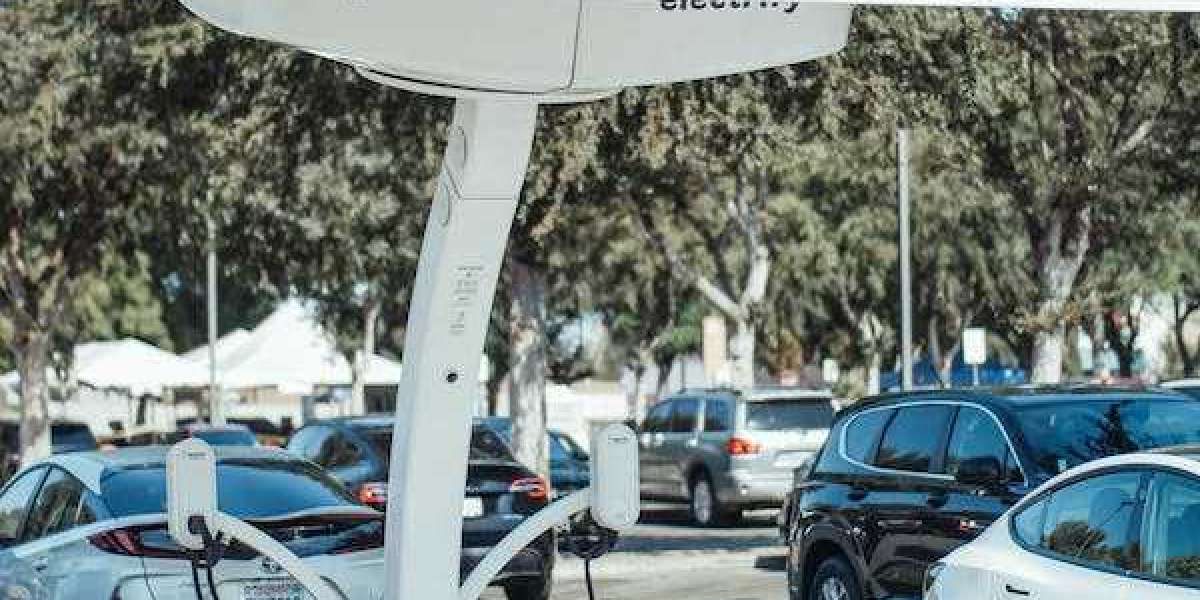As the demand for electric vehicles (EVs) continues to rise, the availability and accessibility of various types of EV charging stations become increasingly important. In this article, we will delve into the different types of EV charging stations and the benefits they offer to EV owners and the environment.
Types of EV Charging Stations
1. Level 1 Charging Stations
Level 1 charging stations, also known as trickle chargers, provide the slowest charging rate. These stations typically use a standard household outlet (120V) to charge the EV's battery. While Level 1 charging is the least powerful option, it is commonly used for overnight charging at home. Level 1 stations are cost-effective and easy to install, making them a practical choice for EV owners who primarily charge their vehicles at home.
2. Level 2 Charging Stations
Level 2 charging stations are more powerful than Level 1 stations, delivering a higher voltage (240V) and faster charging speeds. These stations are commonly found in public spaces, workplaces, and commercial areas. Level 2 charging stations significantly reduce charging time, allowing EV owners to recharge their vehicles more quickly. Additionally, Level 2 stations often come equipped with advanced features such as smartphone connectivity and monitoring systems, enhancing the overall charging experience.
3. DC Fast Charging Stations
DC fast charging stations, also known as Level 3 charging stations, offer the fastest charging speeds and are typically found along highways and major travel routes. Unlike Level 1 and Level 2 stations, which use AC power, DC fast charging stations directly provide DC power to the vehicle's battery, bypassing the need for onboard conversion. This allows for rapid charging, with some stations capable of providing an 80% charge in as little as 30 minutes.
DC fast charging stations are particularly beneficial for long-distance travel, as they minimize charging time and provide EV owners with the opportunity to take shorter breaks during their journeys. The high charging speeds offered by these stations make electric vehicles a more viable option for those who frequently travel extended distances.
Benefits of Different EV Charging Stations
1. Convenience and Flexibility
The availability of different types of EV charging stations provides EV owners with increased convenience and flexibility. Level 1 stations allow for overnight charging at home, ensuring a fully charged vehicle by the morning. Level 2 stations, found in various public and commercial spaces, enable quicker charging during the day, accommodating EV owners' busy schedules. DC fast charging stations cater to long-distance travel needs, offering rapid charging and reducing overall travel time. The variety of charging options allows EV owners to adapt their charging routines to suit their specific requirements.
2. Range Confidence
One of the significant concerns for potential EV buyers is range anxiety—the fear of running out of battery power during a journey. The availability of diverse charging stations helps alleviate this concern. With Level 1 and Level 2 charging stations widely accessible, EV owners can confidently plan shorter trips and recharge their vehicles at regular intervals. Additionally, the presence of DC fast charging stations along highways provides reassurance for longer journeys, as quick and efficient charging is readily available. The widespread network of charging stations instills range confidence and encourages more people to embrace electric vehicles.
3. Environmental Impact
The installation of different EV charging stations contributes to the overall environmental impact of electric vehicles. By utilizing Level 1 and Level 2 stations, EV owners can take advantage of off-peak electricity hours, promoting the use of renewable energy and reducing strain on the electrical grid. DC fast charging stations can also integrate renewable energy sources, further reducing carbon emissions associated with vehicle charging. The widespread adoption of different charging station types encourages sustainable energy practices, aligning with the goal of a greener transportation system.
Conclusion
The availability of diverse EV charging stations, including Level 1, Level 2, and DC fast charging stations, brings numerous benefits to EV owners and the environment. These stations offer convenience, flexibility, and range confidence, allowing EV owners to adapt their charging routines to their specific needs. Furthermore, the integration of renewable energy sources in charging stations contributes to the overall reduction of carbon emissions. By investing in and expanding the network of EV charging stations, we can facilitate the widespread adoption of electric vehicles and foster a more sustainable and environmentally friendly transportation system.





